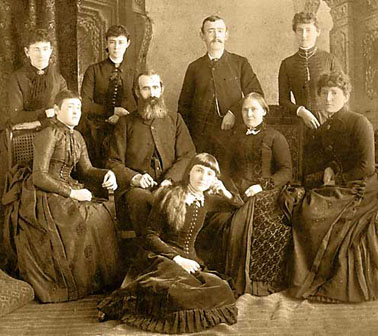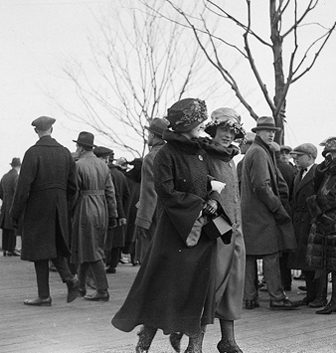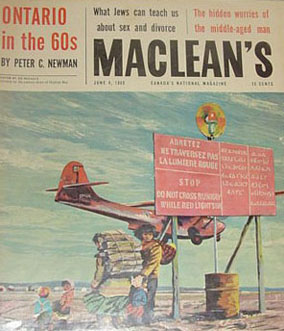2011 Census of Canada rumours of death of Canada’s most populous province at least somewhat exaggerated
Feb 9th, 2012 | By Randall White | Category: In Brief
The Graydon family of Streetsville, Ontario in the mid 1880s, when the province took up as much as 45% of the Canada-wide population.
The first big wave of data from the 2011 Census of Canada was released yesterday – on “Population and dwelling counts.” And it didn’t take long for what the lovely Sarah Palin used to call the lame-stream media to pounce on the alleged big story.
As just a modest introductory sample, see, eg: “Ontario cedes centre stage to a thriving West, census shows” ; “It’s the economy, stupid: census numbers crystallize Ontario’s exodus” ; “Census shows Ontario no longer centre of Canadian universe” ; “Ontario’s economic decline will strain Canadian unity, critics argue” ; “With Ontario lagging, will the West be prepared to sacrifice?” ; and “Political attention shifts West.”

On the Toronto lakefront boardwalk in the 1920s, when Ontario only accounted for some 33% of the Canada-wide population.
There is, without a shred of doubt, some considerable wisdom at the bottom of such headlines. Between 2006 and 2011, eg, Ontario’s population increased a mere 5.7% – compared to 5.9% in Canada at large, 5.2% in Manitoba, 6.7% in Saskatchewan, 7.0% in BC, and a whopping 10.8% in oil-rich Alberta (from which both the Keystone and Northern Gateway pipelines may eventually carry oil sands product to other key regions of the global village today).
At the same time, careful students of the Canadian past, present, and future may also want to remember Mark Twain’s famous misquotation: “The rumours of my death have been greatly exaggerated.” To start with, eg, Ontario’s 2011 census population was 12,851,821. The next three most populous provinces were Quebec (7,903,001), BC (4,400,057), and Alberta (3,645,257). The total population of the four provinces of Western Canada together was a no doubt impressive 10,286,963. But the total population of Ontario and Quebec together was still slightly more than twice that number – 20,754, 822!

Peter C. Newman was writing about “Ontario in the 1960s” in the June 4, 1960 issue of Maclean's Magazine – and Ontario’s share of the Canada-wide population was starting to grow again.
And then there is a series of population-related numbers that probes what passes for the “longue durée” of the Canadian confederation of 1867, in a way that ought to be especially instructive for serious students of Ontario regional history in the early 21st century. I’m thinking of Ontario’s population as a percentage of the total Canadian population – from the confederation’s first decennial census in 1871, down to the latest 2011 census, on which information has just started to become publicly available.
Here are these numbers (with thanks to various historical compilations of Statistics Canada data): 1871 – 44%Â ; 1881 – 45%Â ; 1891 – 44%Â ; 1901 – 41%Â ; 1911 – 35%Â ; 1921 – 33%Â ; 1931 – 33%Â ; 1941 – 33%Â ; 1951 – 33%Â ; 1961 – 34%Â ; 1971 – 36%Â ; 1981 – 35%Â ; 1991 – 37%Â ; 2001 – 38%Â ; 2011 – 38%.

“Remembrance Day services in Kingston, Ontario some time in the early 2000s” – when the province was up to 38% of the Canada-wide population: but still not as high as in the 1880s!
There is much food for thought here, it seems to me. Ontario, eg, was a much bigger part of Canada at large during the confederation’s earliest years than it subsequently became. From a height of 45% in the 1880s, it remained at a mere demographic third of the country throughout the 1920s, 1930s, 1940s, and 1950s. The Ontario share of the Canada-wide population began to increase again in the 1960s, and even now it remains higher than it has been at any point since 1901!
Whatever else, it will be some considerable time, at the very least, before any other province supplants Ontario as Canada’s most populous province. Its share of the Canada-wide population has declined in the past, only to rise again. It is still, almost certainly, the province that puts Canada first most often. And it has every good reason to be pleased that other parts of the country have lately been doing so well!

